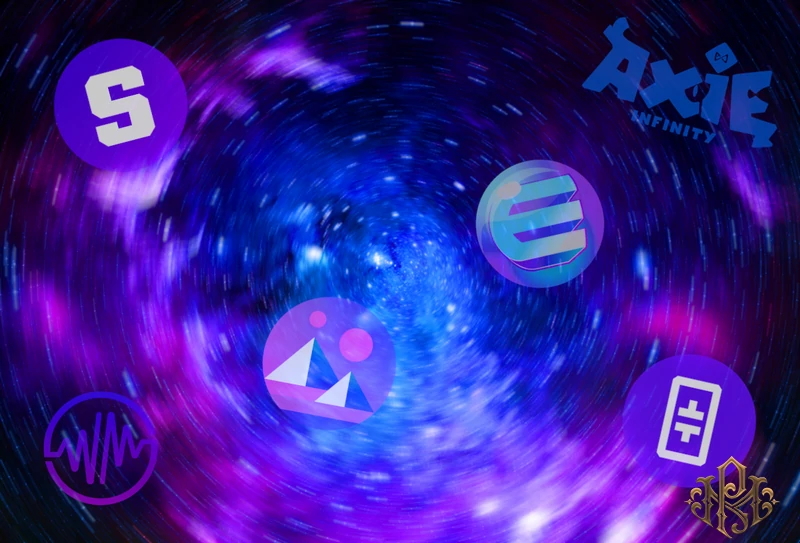Metaverse tokens come in various forms, each serving different functions and purposes within the metaverse ecosystem. Here are some common types of metaverse tokens:
- Utility Tokens: Utility tokens are the most prevalent type of metaverse tokens. They are designed to facilitate specific functionalities and transactions within virtual platforms. These tokens often serve as a medium of exchange for purchasing virtual goods, services, or experiences within the metaverse. Utility tokens provide users with access to various features, such as enhanced gameplay, customization options, or exclusive content.
- Governance Tokens: Governance tokens grant holders the power to participate in the decision-making processes and governance of a metaverse platform. Token holders can propose and vote on changes, upgrades, and policies that shape the direction and development of the platform. By holding governance tokens, users have a voice in determining the rules, regulations, and future developments of the metaverse ecosystem.
- Non-Fungible Tokens (NFTs):Non-fungible tokens (NFTs) serve as distinctive digital assets that provide evidence of ownership and validate the authenticity of a particular item or content within the metaverse.Unlike utility tokens or cryptocurrencies, NFTs are indivisible and cannot be exchanged on a one-to-one basis. NFTs have gained significant popularity in the realm of digital art, virtual real estate, collectibles, and virtual fashion, allowing creators and users to buy, sell, and trade unique digital assets with verifiable ownership.

type of metaverse tokens
- Stablecoins: Stablecoins are a type of metaverse token pegged to a stable asset, typically a fiat currency like the US Dollar or Euro. These tokens aim to provide stability and reduce volatility within the metaverse economy. Stablecoins are often used as a unit of account, facilitating transactions and price calculations within the metaverse. They enable users to hold value in a more predictable manner, mitigating the price fluctuations associated with other cryptocurrencies.
- Wrapped Tokens: Wrapped tokens are digital representations of real-world assets or cryptocurrencies that have been “wrapped” onto a blockchain. By creating wrapped versions of assets, such as traditional currencies, stocks, or commodities, users can transact with them within the metaverse ecosystem. Wrapped tokens provide increased liquidity and interoperability between the traditional financial system and the metaverse, allowing for seamless integration of real-world assets into virtual environments.
- Reward Tokens: Reward tokens are distributed to users as an incentive for engaging in specific actions or contributing to the metaverse ecosystem. These tokens serve as a form of loyalty rewards, encouraging user participation, and encouraging specific behaviors within metaverse platforms. Reward tokens can be earned through activities such as completing quests, contributing content, providing valuable feedback, or referring new users.
- Identity Tokens: Identity tokens play a crucial role in establishing and verifying user identities within the metaverse. They enable individuals to authenticate themselves and assert their digital identity across multiple virtual platforms. Identity tokens enhance security and privacy by helping users maintain control over their personal information while interacting and transacting within the metaverse.
It is important to note that the types of metaverse tokens described above are not exhaustive, and as the concept of the metaverse evolves, new token models and functionalities may emerge. The diversity of metaverse tokens allows for dynamic and flexible economic systems within virtual environments, empowering users and creators to shape the future of digital economies.




